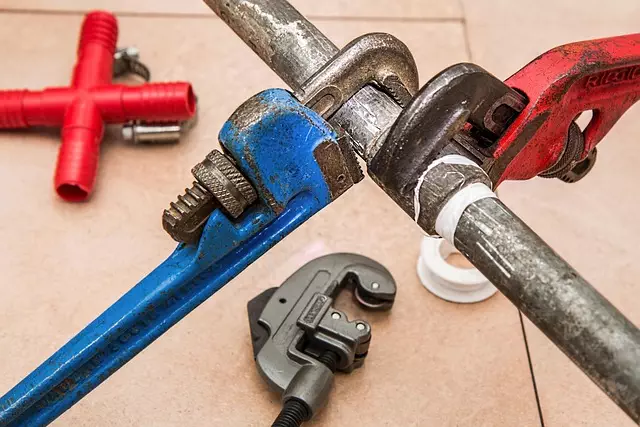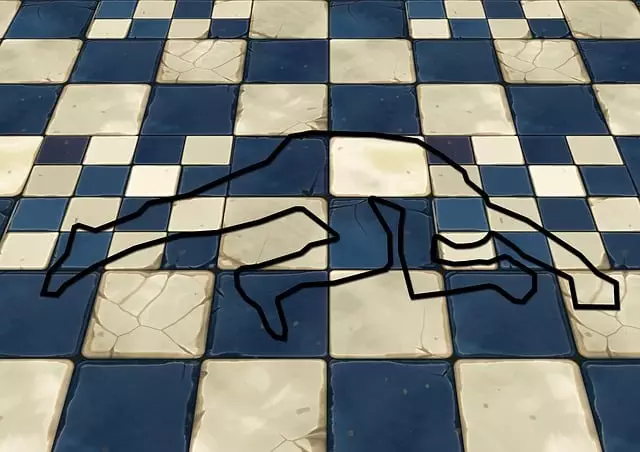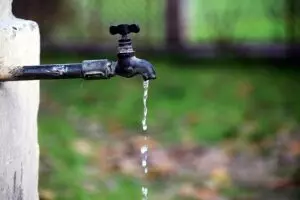Mastering Leak Detection: From Traditional Methods to Modern Plumbing Solutions
Plumbing leaks, from worn pipes to faulty joints, cause short-term inconveniences like water waste a…….

Plumbing leaks, from worn pipes to faulty joints, cause short-term inconveniences like water waste and higher bills, and long-term issues such as mold growth and health problems. Prompt leak detection using modern tools like remote sensing, thermal imaging, and acoustic detection is crucial for mitigating these effects, preserving plumbing systems, and ensuring occupant well-being. Regular maintenance through inspections and advanced leak detection methods can prevent leaks, minimize damage, and save on repair costs.
In the realm of plumbing, leak detection is a crucial skill for maintaining efficient and safe systems. This comprehensive guide delves into the world of leak tracing, exploring its significance and various methodologies. From understanding common causes and effects to advanced technology, we unravel the mysteries of plumbing leaks. We provide step-by-step processes tailored for residential and commercial settings, ensuring you’re equipped with the knowledge to identify and prevent potential issues. Stay ahead of the curve with modern leak detection techniques and learn effective preventive measures for a leak-free plumbing system.
Understanding Plumbing Leaks: Common Causes and Effects

Plumbing leaks can range from minor inconveniences to serious problems, depending on their cause and location. Understanding common leak sources is key to effective leak detection. One of the primary reasons for plumbing leaks is worn-out or corroded pipes, especially in older buildings. These pipes can weaken over time due to mineral deposits, pressure fluctuations, or environmental conditions, leading to small cracks that allow water to seep through. Another frequent culprit is faulty joints and fittings, which may not be properly sealed, causing water to escape at these connections.
The effects of plumbing leaks are far-reaching. In the short term, they can result in wasted water, higher utility bills, and even structural damage if left unattended. Water seeping through walls or ceilings can foster mold growth, impacting indoor air quality and potentially leading to health issues for occupants. Moreover, leaks can cause significant disruptions by affecting the availability of hot water, creating unsanitary conditions, and damaging nearby property. Prompt leak detection is crucial to mitigate these effects and ensure the longevity of plumbing systems.
Traditional Leak Detection Methods: An Overview

In the realm of plumbing maintenance, identifying water leaks is a critical task, and over the years, various traditional methods have been employed for effective leak detection. One of the most common approaches is visual inspection, where skilled technicians meticulously examine visible pipes, fittings, and fixtures for any signs of moisture or damage. This method relies on the expertise of professionals who can pinpoint subtle indications of leaks, such as mold growth, water stains, or dripping taps.
Another traditional technique involves listening for unusual sounds like drips or runs, which could indicate hidden leaks behind walls or under floors. Moreover, many traditional methods utilize scent, as the musty odor of mold growth is a telltale sign of water intrusion. With advancements in technology, modern leak detection now includes smart tools and devices that can pinpoint leaks with remarkable accuracy, making the process more efficient for both professionals and homeowners.
Advanced Technology in Leak Tracing: The Modern Approach

In today’s digital era, advanced technology has revolutionized leak tracing for plumbing systems. Traditional methods of detecting leaks often relied on manual inspections and time-consuming processes. However, modern approaches such as remote sensing, thermal imaging, and acoustic detection have transformed the field of leak detection. These technologies enable professionals to identify leaks with unprecedented accuracy and efficiency.
Remote sensors can pinpoint moisture levels and unusual activity, while thermal imaging cameras reveal temperature variations that indicate hidden leaks. Acoustic detection systems, on the other hand, use sound waves to locate defects in pipes and other components. This multifaceted approach ensures comprehensive leak tracing, minimizing damage and costs associated with traditional repair methods.
Step-by-Step Process of Leak Tracking in Residential Systems

Leak tracing is a systematic process that plumbers employ to identify and locate leaks within residential plumbing systems. This methodical approach ensures efficient repair, minimizing water waste and damage. The step-by-step process begins with a thorough inspection of the entire system, including fixtures, pipes, valves, and fittings. Plumbers use specialized tools like moisture meters and pressure gauges to detect any anomalies or areas with abnormal water levels or pressure fluctuations.
Once potential leak sources are identified, the next phase involves isolating and pinpointing the exact location. This may include shutting off water valves, checking for drips, and utilizing dye or leak-tracing fluids to track the path of water. By carefully observing and recording water movement, plumbers can identify weak spots and joints where leaks are most likely to occur. This targeted approach allows for precise repair, ensuring long-lasting system integrity.
Commercial Plumbing Leak Detection: Challenges and Solutions

Commercial plumbing leak detection presents unique challenges due to the intricate nature and scale of commercial buildings’ plumbing systems. Unlike residential setups, these systems often span vast networks with numerous complex components, making identification and pinpointing the exact source of a leak demanding. The challenge intensifies when leaks are hidden within walls, under floors, or behind fixtures, hindering visual inspection.
To overcome these hurdles, professional plumbers employ advanced leak detection techniques and technology. One common solution is using acoustic sensors that detect peculiar sound patterns indicating water movement. Thermal imaging cameras are another powerful tool, revealing temperature anomalies that suggest water leaks. Additionally, moisture meters help identify wet areas, while tracing chemicals can pinpoint the exact location of a leak by following the path of infused dyes. These innovative solutions ensure efficient and precise commercial plumbing leak detection, minimizing damage and costs associated with water losses.
Preventive Measures: Maintaining a Leak-Free Plumbing System

Regular maintenance is key to preventing plumbing leaks and ensuring a leak-free system. Homeowners and property managers should schedule routine inspections, focusing on high-pressure areas like pipes, fittings, and valves. Using advanced leak detection methods can help identify potential issues early on, before they turn into costly repairs or extensive damage.
Implementing preventive measures such as insulation in cold climates to protect pipes from freezing, using water pressure regulators to maintain optimal pressure levels, and installing modern, durable fixtures and piping materials can significantly reduce the risk of leaks. Additionally, staying vigilant about unusual noises, moisture buildup, or changes in water pressure may indicate potential leak problems that require immediate attention.







